Pillowcase patterns offer a fun and creative way to enhance home decor or personalized gifts․ Using a PDF pattern provides clear guides and measurements, ensuring ease and precision in sewing․ Whether you’re a beginner or an experienced sewer, these patterns offer versatility and customization options for any skill level․
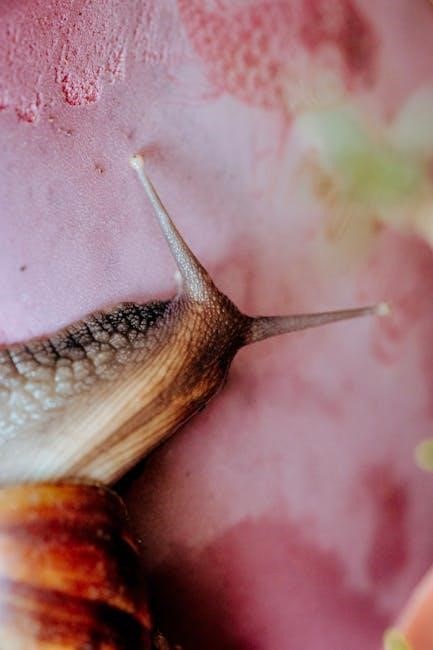
1․1․ Overview of Pillowcase Sewing
Pillowcase sewing is a straightforward and efficient process that can be completed with basic sewing skills․ Using a PDF pattern ensures accuracy and ease, guiding you through measuring, cutting, and stitching; The process typically involves assembling the main fabric, cuff, and trim, then sewing them together․ Most patterns are customizable, allowing you to adjust sizes or add embellishments․ Whether making a standard, queen, or king pillowcase, the steps remain simple, making it a great project for sewers of all levels․ The result is a professional-looking pillowcase with clean finishes and no exposed raw edges․
1․2․ Importance of Using a PDF Pattern
Using a PDF pattern for pillowcase sewing ensures precision and convenience․ These patterns provide clear, downloadable instructions and measurements, making it easy to achieve professional results․ They often include customizable options, allowing you to adjust sizes or add embellishments․ PDF patterns are ideal for sewers of all skill levels, offering a step-by-step guide that minimizes errors․ Many are free or low-cost, and they can be printed or accessed digitally․ This format streamlines the sewing process, ensuring your pillowcase turns out perfectly finished with clean seams and a polished look, whether for personal use, gifts, or charity projects․
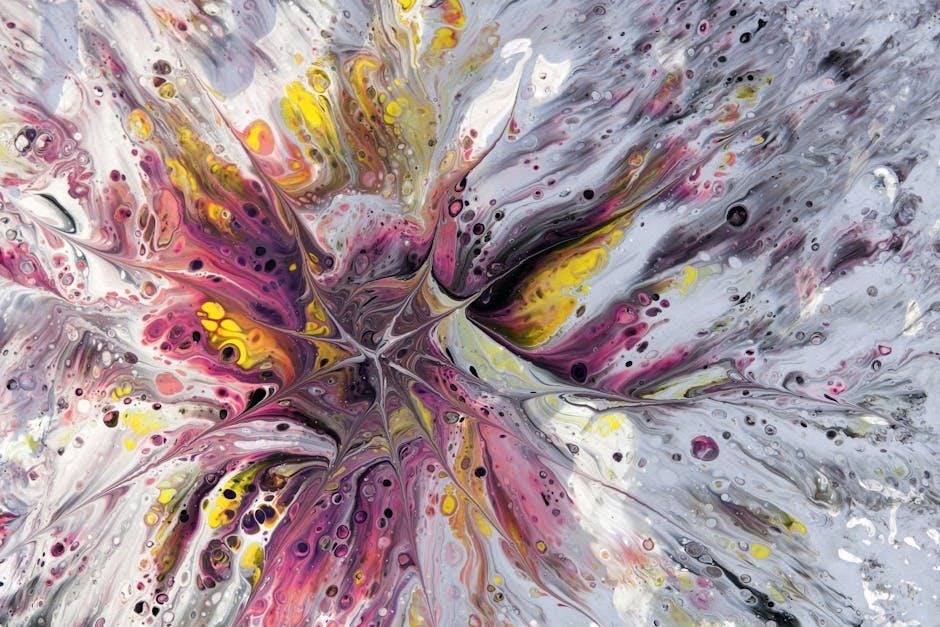
Materials and Tools Needed
Fabric, trims, threads, and notions are essential, along with tools like rotary cutters and rulers for precision cutting․ Fabric requirements vary by pillowcase size, ensuring a perfect fit using your PDF pattern․
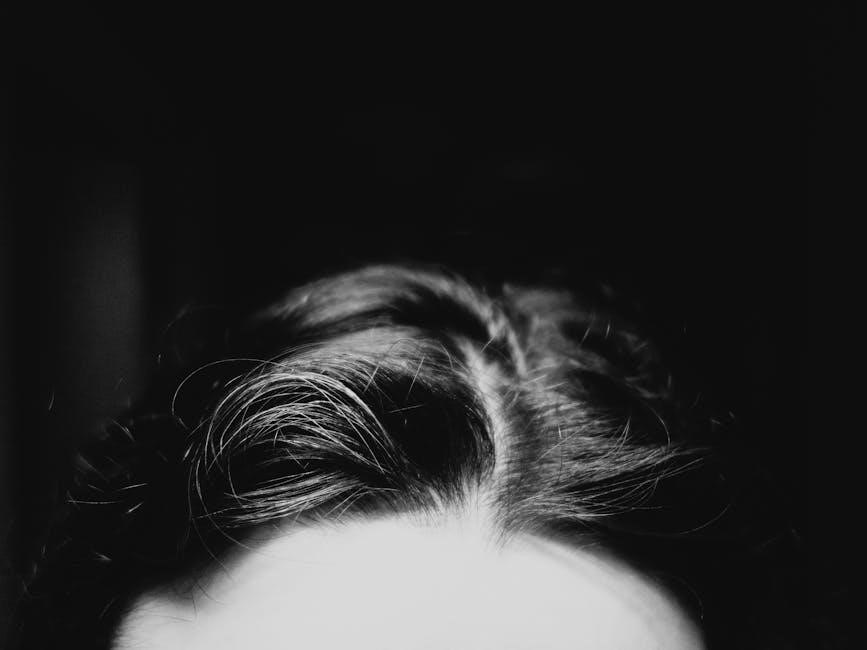
2․1․ Fabric Requirements for Standard Pillowcases
A standard pillowcase typically requires 1․5 yards of 44/45-inch wide fabric for the main body․ Pre-washing fabric is recommended to ensure shrinkage is accounted for․ For a polished look, 100% cotton fabric is ideal due to its durability and softness․ If adding a cuff or trim, an additional 1/2 yard of contrasting fabric is needed․ Ensure all fabrics are aligned by grain to maintain stability and prevent distortion during sewing․ Accurate measurements from your PDF pattern will guide fabric cuts, ensuring a professional finish․ Always check fabric requirements for variations like queen or king sizes if needed․
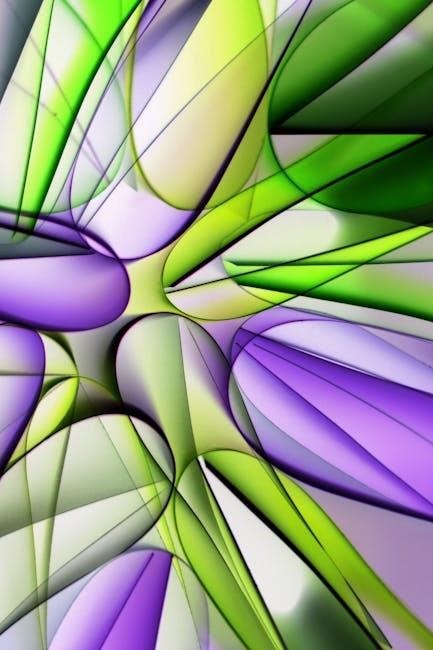
2․2․ Additional Materials: Trims, Threads, and Notions

Enhance your pillowcase with decorative trims like ribbons or lace for a personalized touch․ Use high-quality thread that matches your fabric to ensure invisible stitching․ Notions such as buttons or small snaps can add functional or decorative elements․ A rotary cutter and ruler are handy for precise fabric cutting, while a sewing gauge ensures accurate seam allowances․ Optional embellishments like embroidery floss or appliqué kits can add unique designs․ Always pre-wash trims and fabrics to prevent shrinkage․ These materials, along with your PDF pattern, will help create a professional and customized pillowcase with a polished finish․
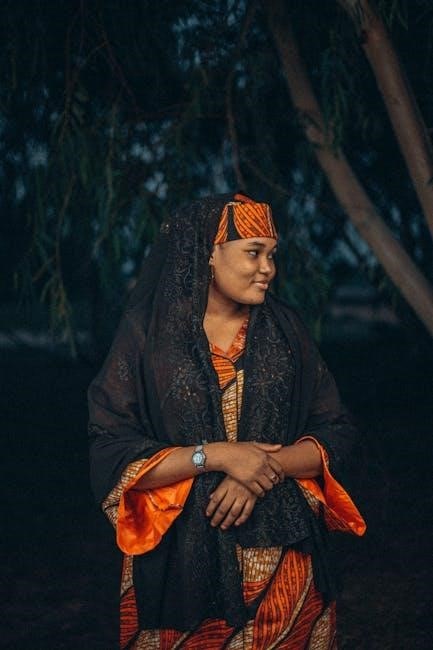
2․3․ Essential Sewing Tools for Pillowcase Making
A sewing machine is indispensable for stitching seams efficiently․ Sharp fabric scissors or a rotary cutter with a mat ensure precise fabric cutting․ A ruler or measuring tape helps in aligning patterns accurately․ Pins and a sewing gauge are crucial for maintaining straight lines and consistent seam allowances․ An iron and ironing board are essential for pressing fabrics and seams, ensuring a crisp, professional finish․ Optional tools like a serger or overlock machine can be used for finishing seams․ These tools, combined with your pillowcase pattern, will streamline the sewing process and ensure a high-quality result․

Step-by-Step Guide to Making a Pillowcase
Cut fabric according to your PDF pattern, sew the main fabric and cuff together, add optional trim, and finish seams for a professional-looking pillowcase․ Easy and efficient!
3․1․ Cutting Fabric According to the Pattern
Accurate fabric cutting is essential for a professional finish; Use your PDF pattern to trace and cut main fabric, cuff, and trim pieces․ Ensure fabric is pressed and laid flat for precise alignment․ Place patterns on the grain line to maintain fabric stability; Use rotary cutters or sharp scissors for clean edges․ Fold fabric as instructed in the pattern to minimize waste and ensure symmetry․ Double-check measurements before cutting to avoid errors․ Align raw edges carefully, especially for trim and accent strips․ Cutting accurately sets the foundation for a smooth sewing process and a polished pillowcase․
3․2․ Sewing the Main Fabric and Cuff Together
Sew the main fabric and cuff together by aligning their raw edges․ Place the cuff on top of the main fabric, right sides facing․ Pin securely, ensuring edges match perfectly․ Sew along the pinned edge using a 1/2-inch seam allowance․ Press the seam open to create a flat surface․ Fold the main fabric right sides together and roll it up to meet the cuff․ Align raw edges and sew, leaving a small opening to turn the pillowcase right side out․ This step forms the body of the pillowcase, ready for turning and finishing․
3․3․ Adding Trim or Accent Strips
Add trim or accent strips to enhance your pillowcase’s visual appeal․ Begin by pressing the trim strip in half lengthwise, wrong sides together, to create a folded edge․ Align the raw edges of the trim with the cuff or main fabric, ensuring proper placement․ Pin securely and sew along the edge using a 1/4-inch seam allowance․ For a professional finish, fold the trim over the seam and topstitch․ Optional embellishments like embroidery or decorative stitching can be added․ This step allows for creativity, making your pillowcase truly unique and personalized to your style or theme․
3․4․ Finishing Seams and Edges
Finishing seams and edges is a crucial step for a professional-looking pillowcase․ Use techniques like French seams to enclose raw edges, ensuring a clean and polished appearance․ Alternatively, the Burrito Method can be employed to roll fabric and hide seams entirely․ Trim excess fabric carefully with scissors or a rotary cutter for precision․ Press all seams to create a crisp finish․ For added durability, consider serging or applying a zigzag stitch to prevent fraying․ Optional topstitching along the edges can add a decorative touch․ These steps ensure a polished, long-lasting pillowcase with a professional finish․
Advanced Techniques for Pillowcase Sewing
Explore advanced techniques like the Burrito Method, rotary cutting, and French seams to enhance your pillowcase sewing skills for a polished, professional finish․
4․1․ The Burrito Method for No Raw Edges
The Burrito Method is a clever technique to sew pillowcases without exposed raw edges, ensuring a clean, polished finish․ By rolling and wrapping fabric layers, you encase seams within the pillowcase, eliminating fraying edges․ This method is ideal for beginners and experienced sewers alike, offering a professional look with minimal effort․ It works seamlessly with various fabrics, including cotton, silk, and flannel, and can be adapted to different pillowcase sizes․ The Burrito Method is a time-saving approach that enhances the quality of your pillowcase sewing projects․
- Roll fabric layers to encase seams․
- Eliminates raw edges for a professional finish․
- Works with all fabric types and sizes․
4․2․ French Seams for a Professional Finish
French seams are a timeless technique that ensures a polished, professional finish for pillowcases․ By sewing seams twice, with the first pass enclosing raw edges, this method prevents fraying and creates a clean, elegant appearance․ Ideal for delicate fabrics like silk or cotton, French seams add durability and sophistication․ Although slightly more time-consuming, this technique is worth the effort for its flawless results․ It’s perfect for sewers aiming to create high-quality pillowcases with a professional touch, making it a standout feature in any sewing project․
- Sew seams twice to enclose raw edges․
- Perfect for delicate or lightweight fabrics․
- Creates a clean, professional finish․
4․3․ Using a Rotary Cutter for Precision Cutting
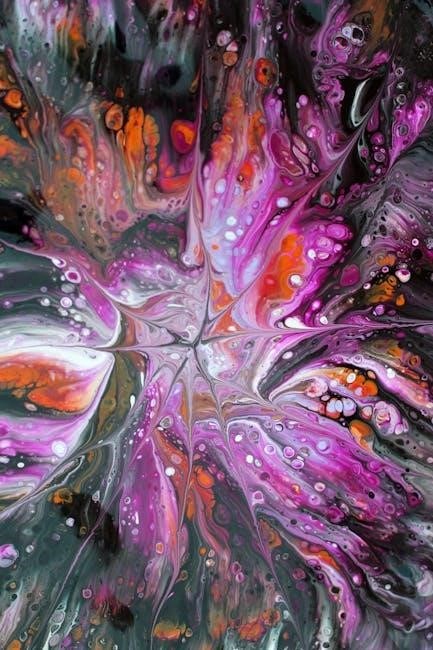
A rotary cutter is a game-changer for achieving precise cuts in pillowcase sewing․ By aligning fabric on a cutting mat and using a clear ruler, this tool ensures accurate measurements and smooth edges․ It’s especially useful for cutting large fabric pieces or multiple layers at once, saving time and reducing errors․ The rotary cutter is ideal for both beginners and experienced sewers, offering clean, straight cuts that enhance the professionalism of your pillowcase․ Regular use of a rotary cutter will elevate your sewing projects with consistency and precision․
- Ensures accurate and smooth fabric cuts․
- Ideal for cutting large or layered fabric pieces․
- Enhances the professionalism of your sewing projects․
Variations and Customizations
Pillowcase patterns can be tailored to suit different preferences, from varying sizes like standard, queen, and king to incorporating personalized designs or embroidery for a unique touch․
5․1․ Sewing Pillowcases in Different Sizes (Standard, Queen, King)
Sewing pillowcases in various sizes—standard, queen, and king—allows for a perfect fit regardless of pillow size․ Standard pillowcases typically measure 20×28 inches, while queen and king sizes accommodate larger pillows․ Fabric requirements vary slightly, with king sizes needing more material․ Patterns often include adjustable measurements, ensuring a tailored fit․ Whether sewing for a standard bed pillow or a luxurious king-size pillow, the process remains similar, with minor adjustments in fabric cuts․ This versatility makes pillowcase sewing a practical project for any home décor need, ensuring comfort and style across different bed sizes․
5;2․ Adding Personalized Designs or Embroidery
Adding personalized designs or embroidery to pillowcases offers a unique touch, making them special gifts or custom home decor․ Techniques like heat transfer, appliqué, or machine embroidery allow for intricate designs․ Patterns often include space for embroidery, enabling names, dates, or motifs to be added․ This personalization is ideal for holidays, baby pillowcases, or commemorative occasions․ Ensure designs are centered and aligned with seams for a professional look․ Fabric choice is crucial; smooth materials like cotton work best for embroidery․ These details elevate pillowcases, transforming them into meaningful, one-of-a-kind creations that reflect personal style or celebrate events․
5․3․ Using Different Fabric Types (Cotton, Silk, Flannel)
Choosing the right fabric type enhances comfort and style in pillowcases․ Cotton is a popular choice for its softness, breathability, and durability, making it ideal for everyday use․ Silk offers a luxurious feel and lustrous appearance, perfect for special occasions or high-end decor․ Flannel, with its warm and cozy texture, is great for winter pillowcases․ Each fabric type has unique care requirements and aesthetic appeal․ Cotton is easy to wash and maintain, while silk may need gentler care․ Flannel adds a rustic charm but can be bulkier․ Selecting the right fabric ensures a pillowcase that suits seasonal needs, personal preferences, and desired texture․
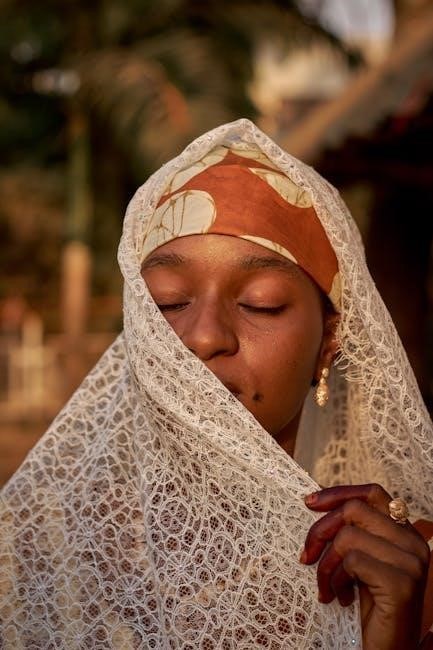
Special Projects and Ideas
Pillowcase patterns inspire unique creations like baby pillowcases, seasonal themes, and charity projects․ They also make thoughtful personalized gifts, offering endless opportunities for creativity and giving․
6․1․ Baby Pillowcase Patterns
Baby pillowcase patterns are adorable and functional, designed for little ones’ comfort and safety․ They often feature soft fabrics like cotton or flannel and come in various sizes․ Patterns may include charming details like ruffles, embroidery, or appliques․ Some designs incorporate the burrito method for seamless construction, ensuring no raw edges․ These patterns are perfect for gifts or nursery decor, allowing for personalized touches; They typically require minimal fabric and are easy to sew, making them a delightful project for sewers of all skill levels․ Create a cozy, unique pillowcase for your baby or as a heartfelt gift․
6․2․ Seasonal and Holiday-Themed Pillowcases
Seasonal and holiday-themed pillowcases are a great way to add festive charm to your home decor․ Patterns often feature holiday-specific fabrics, such as Christmas prints, Halloween themes, or Easter motifs; These pillowcases can be customized to match your seasonal decor, using techniques like the burrito method for a professional finish․ They make thoughtful gifts or personal touches for special occasions․ With various fabric options and designs, you can create pillowcases that celebrate any time of the year, adding a cozy and festive atmosphere to your space․
6․3․ Pillowcases for Charity or Gifts
Pillowcases make thoughtful gifts or charitable donations, offering comfort and personalization․ Many patterns are designed for charity projects, such as the “One Million Pillowcase Challenge,” encouraging sewers to create pillowcases for those in need․ These patterns are often simple and require minimal fabric, making them accessible for large-scale donations․ Additionally, personalized pillowcases can be customized with names or designs, making them heartfelt gifts for loved ones․ Sewing pillowcases for charity or gifts is a rewarding way to give back while honing your sewing skills․ It’s a meaningful way to bring joy and comfort to others․
Tips and Tricks for Success
Mastering pillowcase sewing requires attention to detail․ Press seams regularly for a professional finish, ensure fabric grain alignment, and use rotary cutters for precise cuts․ These tips ensure polished results․
7․1․ Managing Fabric Grain and Alignment
Properly managing fabric grain and alignment is crucial for professional-looking pillowcases․ Fabric grain refers to the direction of the threads in the material, and ignoring it can lead to distortion․ Always cut fabric along the grain as indicated by the selvage edge․ Use a rotary cutter and mat for precise cuts, ensuring patterns align correctly․ When sewing, match raw edges carefully and press seams to maintain alignment․ Misaligned fabric can result in puckering or uneven hems․ Pay attention to pattern instructions for grain lines to achieve a polished finish and avoid common mistakes that affect the pillowcase’s appearance and fit․
7․2․ Pressing Techniques for a Professional Finish
Pressing is essential for a polished pillowcase․ Use steam to flatten seams, ensuring crisp folds and smooth fabric․ Press seams as they are sewn to prevent wrinkles․ For a clean look, press seams open or to one side, depending on the pattern․ Topstitching adds a professional touch and reinforces seams․ Always press before adding embellishments or trim․Iron the finished pillowcase while slightly damp to set the seams and achieve a sharp, tailored appearance․ Proper pressing enhances the overall quality, making your pillowcase look professionally made and ensuring long-lasting durability․
7․3․ Troubleshooting Common Sewing Mistakes
Common sewing mistakes when making pillowcases include misaligned seams, uneven hems, or fabric bunching․ To fix misaligned seams, repin carefully and sew slowly․ For uneven hems, check your seam allowance and adjust as needed․ If fabric bunches, use a walking foot or adjust tension․ Pressing seams as you go prevents wrinkles․ Double-check pattern measurements to ensure accuracy․ Troubleshooting these issues ensures a professional finish․ Using steam while pressing helps eliminate wrinkles and sets seams properly․ Addressing mistakes early saves time and ensures a flawless pillowcase․
Creating pillowcases is a rewarding project, offering endless customization․ With a PDF pattern, you can craft beautiful, professional-looking pillowcases․ Happy sewing and enjoy your creative journey!
8․1․ Recap of Key Steps and Tips
Key steps include cutting fabric according to the PDF pattern, sewing the main fabric and cuff together, and adding trims for embellishment․ Use the burrito method to avoid raw edges or opt for French seams for a professional finish․ Pressing seams and aligning fabric grain ensures a polished look․ For customization, explore different sizes, fabrics, and personalized designs․ Always follow the pattern instructions for precise measurements and finishing techniques․ Troubleshoot common mistakes like misaligned seams or improper pressing to achieve a flawless pillowcase․ With these tips, you’ll create beautiful, functional pillowcases tailored to your style․
8․2․ Encouragement to Experiment and Create
Embrace creativity and try new techniques to make your pillowcases truly unique․ Experiment with different fabrics, colors, and patterns to match your personal style or seasonal themes․ Add personalized touches like embroidery or custom designs for a special flair․ Don’t hesitate to try advanced methods such as the burrito technique or French seams for a professional finish․ Sewing pillowcases is a versatile project that allows for endless creativity, whether for gifts, charity, or home decor․ Take pride in crafting something tailored to your taste and enjoy the satisfaction of creating something beautiful and functional․